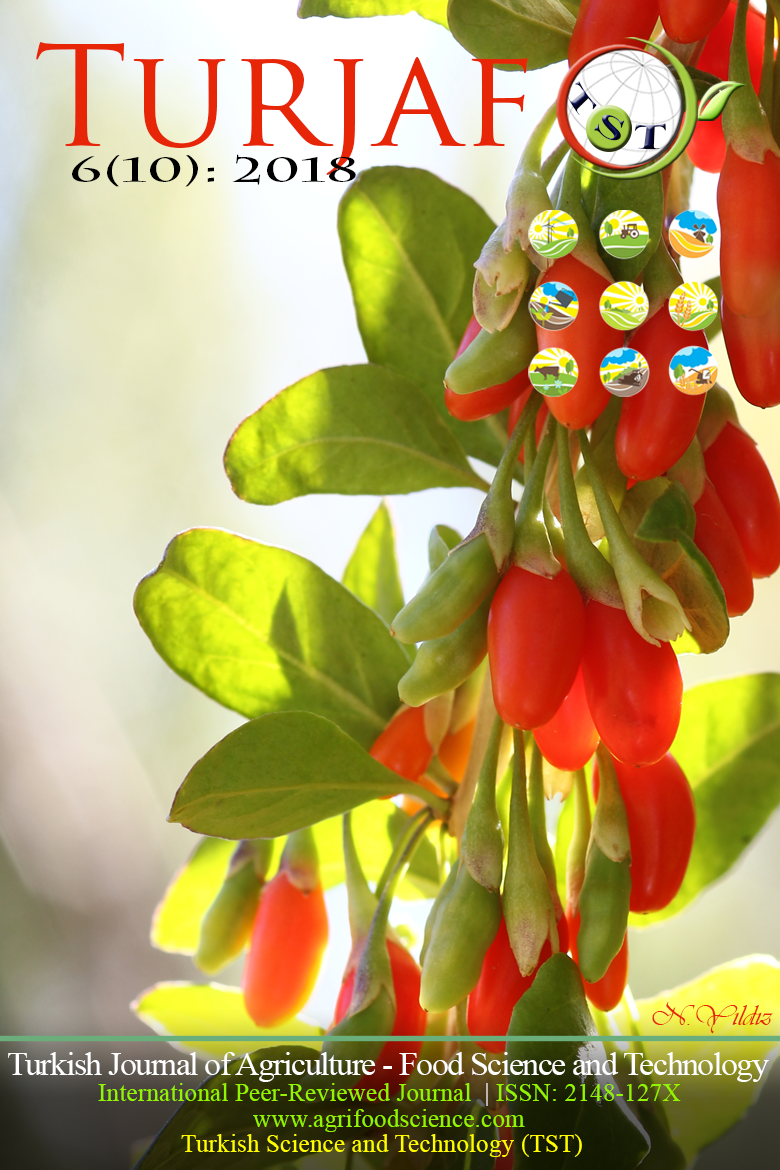Aquaculture Production of Middle Eastern Countries
DOI:
https://doi.org/10.24925/turjaf.v6i10.1422-1430.2058Keywords:
Middle East, Aquaculture, Time Series, Basic Component Analysis, Hierarchical Cluster AnalysisAbstract
The main aim of this study is to estimate the future of the aquaculture of Middle Eastern Countries for the year 2030 by time series analysis method. In addition, it is a classification and clustering based on fisheries production, import, export and consumption data with basic component analysis (PCA) and hierarchical cluster analysis (HCA) methods for Middle Eastern countries. FAO (United Nations Food and Agriculture Organization) used the statistics of fisheries products of the Middle East countries between 1950 and 2016. Time series, clustering and factor analysis were applied to these data. As a result of the time series analysis, the aquaculture production will end up in Kuwait, Libya and Syria if the current situation continues. Also, in other countries, production for 2030 is projected to be lowest for Jordan and the highest for Egypt. Accordingly, the total amount of aquaculture production in the Middle East countries is estimated to be 4.8 million tons in 2030. In the PCA, according to PC1; Cyprus, Iraq, Israel, Jordan, Kuwait, Lebanon, Saudi Arabia, Turkey and the United Arab Emirates and according to PC2; Algeria, Egypt, Iran, Oman, Tunisia and Yemen have been associated with high rates, respectively. According to the HCA; first cluster, Jordan, Lebanon, Kuwait, Cyprus, Iraq; 2nd cluster Israel, United Arab Emirates, Algeria, Tunisia, Oman and Yemen; 3rd cluster Saudi Arabia; 4. Cluster consists of Iran, Turkey and Egypt. According to the results of this study, the aquaculture of these countries should be examined in more detail. It is also recommended that countries implement the necessary regulations in fisheries policies.Downloads
Published
02.10.2018
How to Cite
Saygı, H., Kop, A., Tekoğul, H., & Altan, Özgür. (2018). Aquaculture Production of Middle Eastern Countries. Turkish Journal of Agriculture - Food Science and Technology, 6(10), 1422–1430. https://doi.org/10.24925/turjaf.v6i10.1422-1430.2058
Issue
Section
Research Paper
License
This work is licensed under a Creative Commons Attribution-NonCommercial 4.0 International License.









